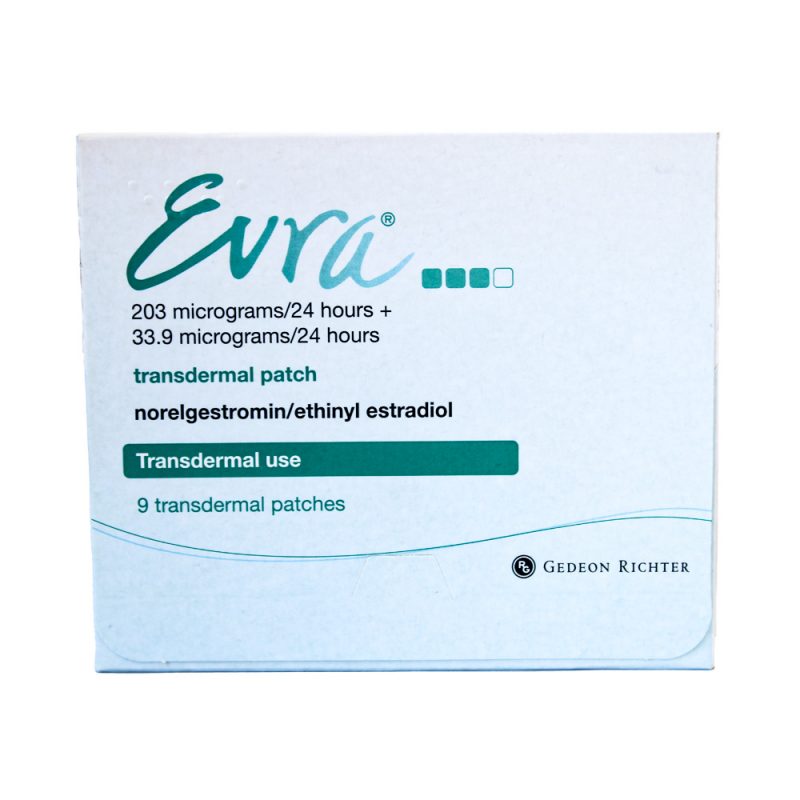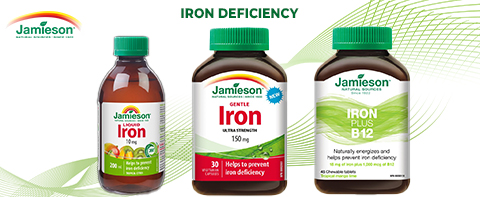Description
The Evra patch is a contraceptive patch which contains versions of the female hormone’s estrogen and progesterone (ethinyloestradiol and norelgestromin), which are naturally produced by your body.
The patch releases a daily dose of hormones through the skin into the bloodstream to prevent pregnancy.
It contains the same hormones as the combined pill – estrogen and progestogen – and works in the same way by preventing the release of an egg each month (ovulation).
It also thickens cervical mucus, which makes it more difficult for sperm to move through the cervix and thins the womb lining so a fertilized egg is less likely to be able to implant itself.
At a glance: facts about the patch
- When used correctly, the patch is more than 99% effective at preventing pregnancy.
- Each patch lasts for 1 week. You change the patch every week for 3 weeks, then have a week off without a patch.
- You don’t need to think about it every day, and it’s still effective if you’re sick (vomit) or have diarrhoea.
- You can wear it in the bath, when swimming and while playing sports.
- If you have heavy or painful periods, the patch can help.
- The patch can raise your blood pressure, and some women get temporary side effects, such as headaches.
- Rarely, some women develop a blood clot when using the patch.
- The patch may protect against ovarian, womb and bowel cancer.
- It may not be suitable for women who smoke and who are 35 or over, or who weigh 90kg (14 stone) or more.
- The patch does not protect against sexually transmitted infections (STIs), so you may need to use condoms as well.
Where to put the patch
Stick the patch directly onto your skin. You can put it onto most areas of your body, as long as the skin is clean, dry and not very hairy. You shouldn’t stick the patch onto:
- sore or irritated skin
- an area where it may get rubbed off by tight clothing.
- your breasts
It’s a good idea to change the position of each new patch to help reduce the chance of skin irritation.
What to do if a patch falls off
The contraceptive patch is very sticky and should stay on. It shouldn’t come off after a shower, bath, hot tub, sauna or swim.
If the patch does fall off, what you need to do depends on how long it has been off.
If it’s been off for less than 48 hours:
- put a new patch on (don’t try to hold the old patch in place with a plaster or bandage)
- change it on your normal change day
- you’re protected against pregnancy if you’ve used your patch correctly for the past 7 days (and the 7 days before your patch-free week, if you’re in week 1)
If it’s been off for 48 hours or more, or you’re not sure how long:
- put on a new patch
- change it on your normal change day, if you’re in week 1 or 2 of your patch cycle
- if you’re in week 3, you need to start a new patch cycle (this is now day 1 of your new cycle) and miss your usual patch-free week
- whatever week you’re in, use additional contraception, such as condoms, until you’ve had a patch on for 7 days in a row.

















Reviews
There are no reviews yet.